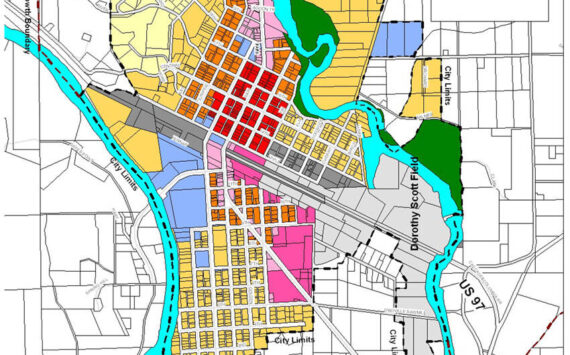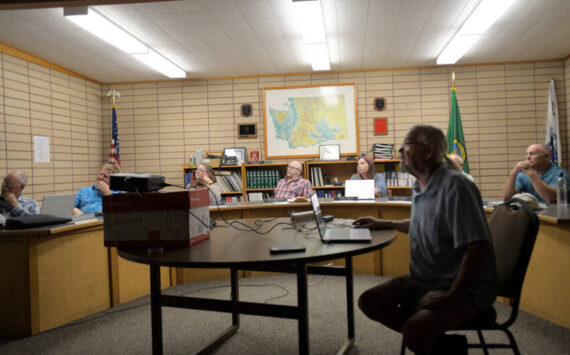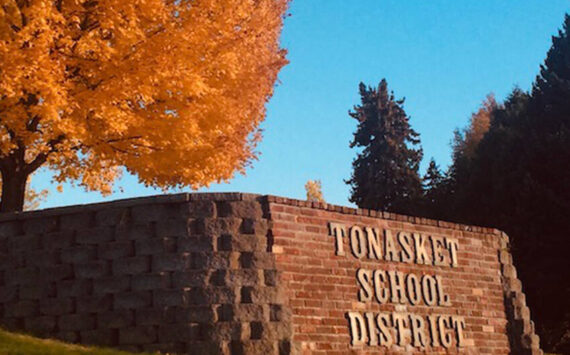OKANOGAN – Voters sent local school districts a Valentine’s present Tuesday, Feb. 14 approving Maintenance and Operations Levies by well over the margins needed to pass.
In order to approve the levies they must receive at least 50 percent of the votes in favor. In Oroville’s case, the voters gave a resounding “yes” with a supermajority of 63.55 percent with 727 votes in favor and in Tonasket it was 59.38 percent with 1,133 for the issue, according to the unofficial election day tally. Nespelem voters knocked it out of the park with 68.80 percent; Okanogan, 65.12 percent; Brewster, 65.29 percent; Pateros, 58.23 percent and Omak, 55.67 percent.
The total number of ballots counted for all the elections in the county was 7,915, or nearly 50 percent voter turnout. The election certification date is scheduled for Tuesday, Feb. 28, 2012, according to the Okanogan County Auditor’s office.
The money for the Tonasket and Oroville School levies will be collected from property taxpayers in calendar years 2013 and 2014. The Oroville School District asked for $1,497,371 which will be collected at a rate of $2.46 per $1000 in assessed property valuation. The levy money is equal to about 23 percent of the district’s budget. Tonasket asked for a $1,150,000 replacement levy at a collection rate of $2.57 per $1000 in assessed property value, slightly up from the $2.22 per $1000 collected last time. The district also stands to receive over $600,000 in additional levy equalization funds from the state depending upon what the state does to address the current budget crisis. Oroville lost levy equalization monies after the property valuation in the district went up considerably following a new construction and building boom a few years back. However, since the economic downturn in the country, total property values within the school district have decreased somewhat, yet not enough for the district to again qualify for levy equalization monies.
Levy moneys go to support both academic and extra-curricular programs, curriculum adoption, personnel, supplies and many other things that the state does not fund or only partially funds.
By law, if approved, the districts can only collect the amount approved by the voters – if the property valuations increase or decrease that amount stays the same.







